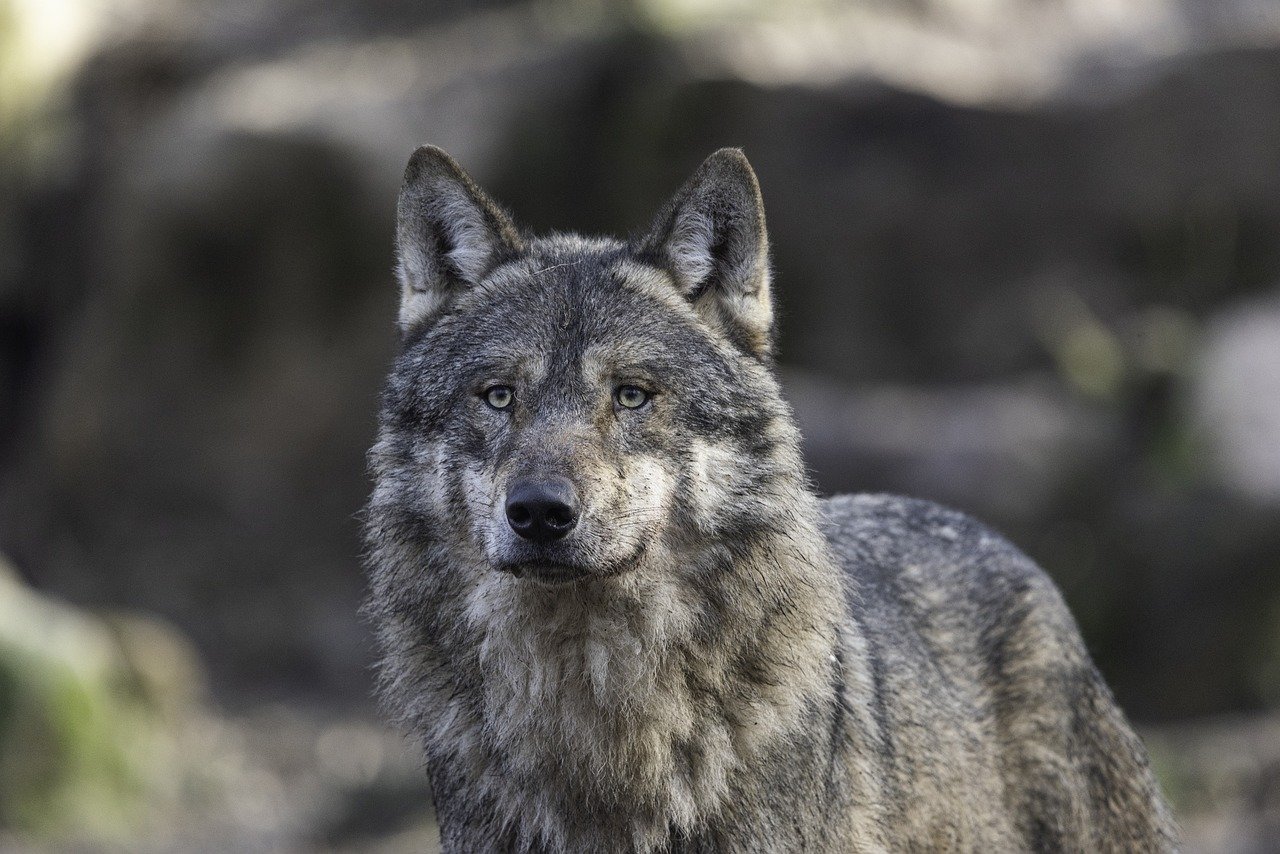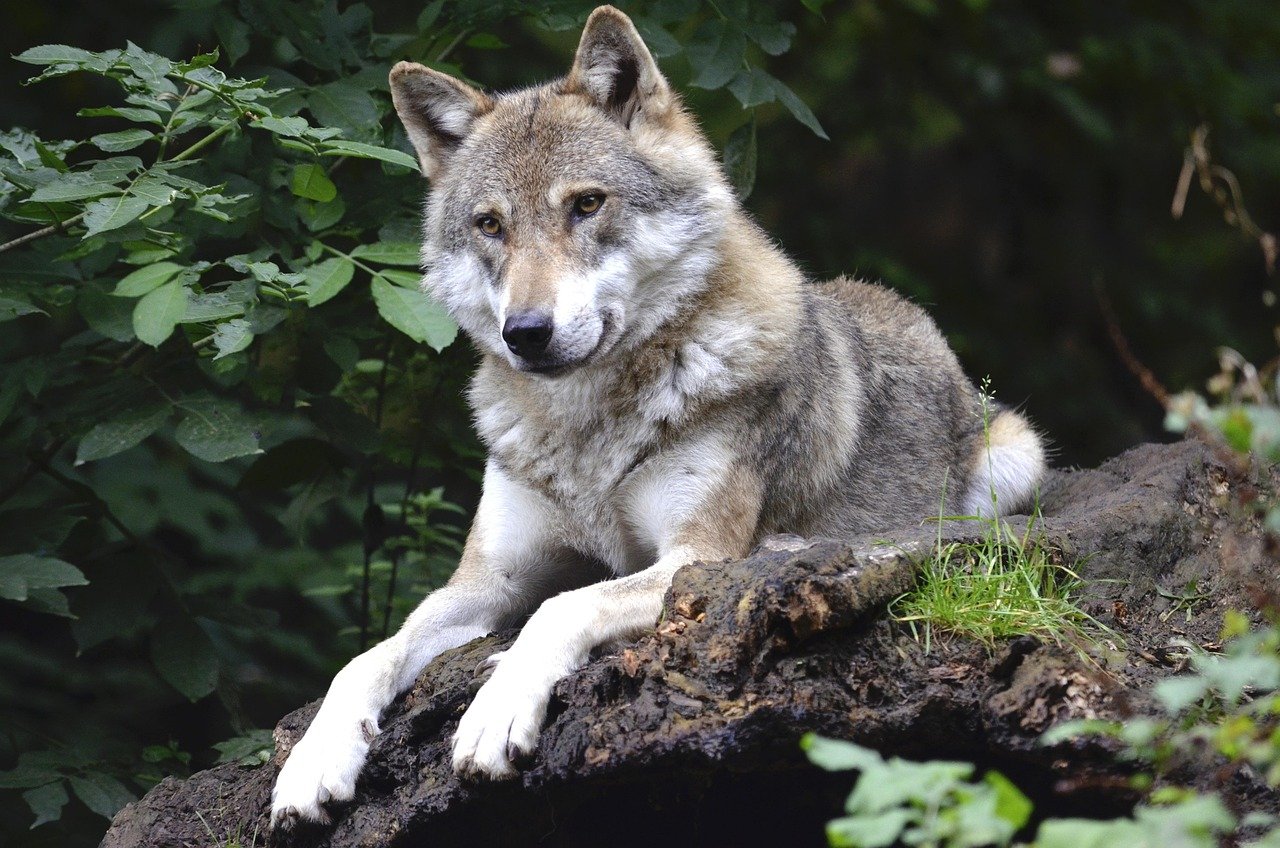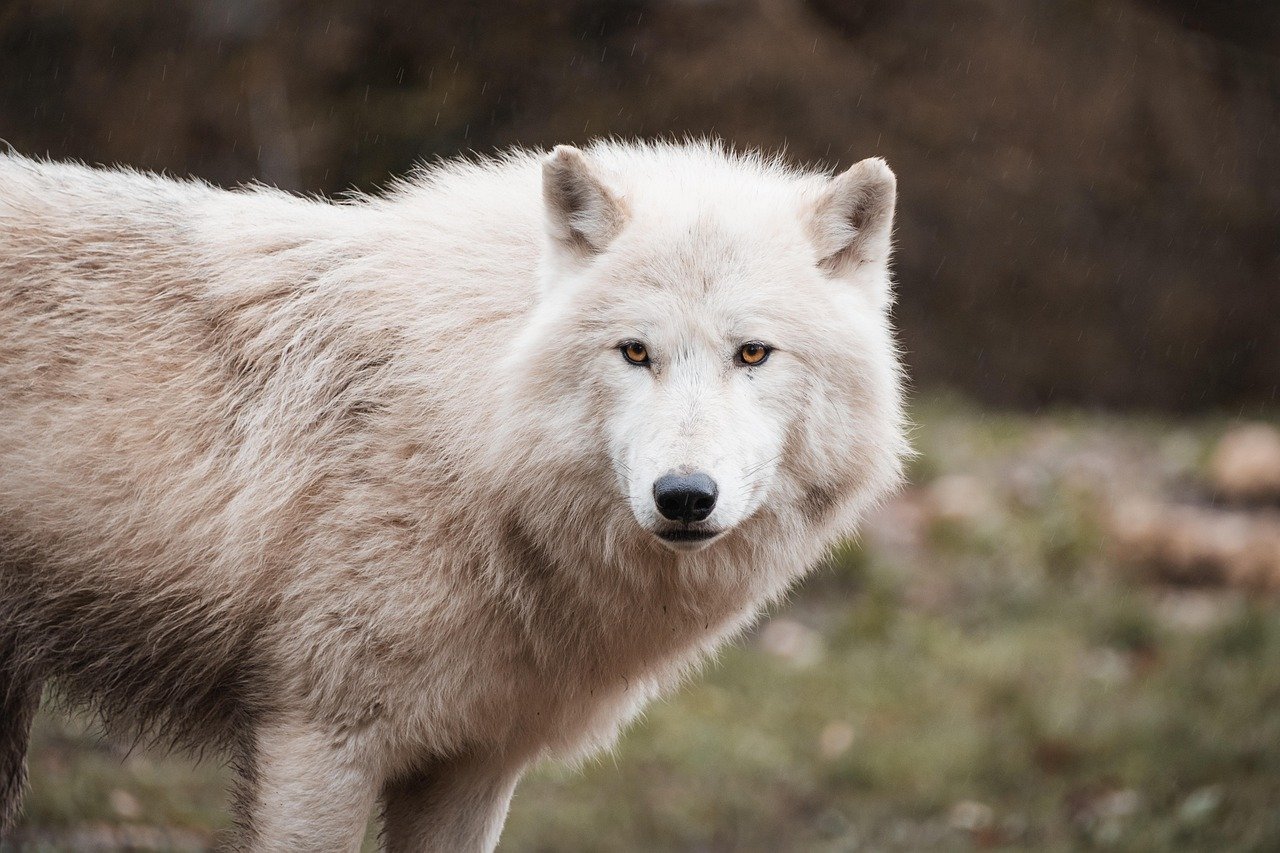Living alongside wolves in Minnesota isn’t something most people think about until they actually encounter these magnificent creatures in their daily lives. But with nearly three thousand wolves calling the state home, the reality is that many Minnesotans are sharing their neighborhoods with one of nature’s most impressive predators. Whether you’re a cabin owner in the north woods, a farmer in wolf territory, or just someone who loves spending time outdoors, understanding how to coexist with wolves isn’t just helpful – it could save your life or your pet’s life.
Minnesota Has One of the Largest Wolf Populations in America

Here’s something that might shock you: Minnesota currently has about 2,919 wolves roaming its forests and farmlands, making it second only to Alaska in terms of wolf population. Minnesota is the only state in the contiguous United States that has always held a viable gray wolf population, which means these animals never completely disappeared like they did everywhere else.
What’s really incredible is that the current density of wolves is one wolf per ten square miles, which is one of the highest densities in North America. Think about that for a second – in some parts of northern Minnesota, you could theoretically encounter a wolf within just a few miles of where you’re standing right now. The population has been remarkably stable over recent decades, hovering around the same numbers despite various management challenges.
They’re Actually Not That Dangerous to Humans

Despite what fairy tales might have taught us, wolves typically avoid people and wolf attacks on humans are remarkably rare in North America. A study published in 2002 reviewed wolf-human interactions in Alaska and Canada, where over 60,000 wolves live, and between 1900-2000, found only 16 cases where wild, healthy wolves bit people.
Even more reassuring is the fact that there have been no documented cases of healthy wolves attacking humans in Wisconsin, and the same holds true for Minnesota. Most incidents of wolf aggression toward people have involved wolves that have become habituated to people or involved domestic dogs. So while you should never approach a wolf or feed one, the chances of a random attack are incredibly small.
Your Pets Are at Much Higher Risk Than You Are

Here’s where things get serious for pet owners. The USDA and DNR have had to trap eight wolves in Northern Minnesota recently because of pets being taken, with numerous reports of wolves attacking and chasing people’s pets. The low population of deer in areas is leaving wolves hungry, and they are getting creative in what they eat: including choosing pets.
The reality is that there have been reports of wolf attacks on livestock and pets, making it crucial to take protective measures if you live in wolf country. Pet owners can decrease the risk by not leaving pets unattended outside, securing dogs in a covered kennel or shelter, not leaving pets tied up outside, and walking dogs on a leash or under close control. It might seem restrictive, but it’s far better than the alternative.
Wolves Are Federally Protected Again

Effective Feb. 10, 2022, Minnesota’s gray wolf once again became a federally protected threatened species, which means killing one can result in serious federal charges. Under current federal guidelines, wolves may only be taken in defense of human life, and even then, you’d better have ironclad evidence that your life was genuinely in danger.
This protection status has been bouncing back and forth for years. Minnesota did have legal hunting seasons for wolves in 2012, 2013 and 2014, with hunters killing 413 wolves in 2012, 238 wolves in 2013, and 272 wolves in 2014. But those days are gone for now, and the legal landscape around wolves remains complex and ever-changing.
They’re Incredibly Smart and Social Animals

Wolves aren’t just lone predators – they’re sophisticated social creatures that live in complex family structures. Wolves are highly social animals that typically live in packs, with pack size varying due to abundance and size of prey, though the average pack in Yellowstone National Park is 10 individuals, and these complex social structures function very much like a family.
Their intelligence is frankly intimidating when you think about it. Wolves are top predators and have perfected group hunting, and because of their cooperative and social nature within a pack, they can often take down large prey that other predators cannot – such as bison and elk – while running at up to 35 miles per hour with a sense of smell estimated to be thousands of times better than humans’. When you’re dealing with an animal this intelligent and coordinated, respect isn’t just advisable – it’s essential.
Know How to React if You Actually Encounter One

If you do come face-to-face with a wolf, your response could determine the outcome. If you encounter a wolf or pack of wolves at close range do not run or turn away, and if you are approached, act aggressively and maintain eye contact if the wolf is looking at you, while aggressively using poles, pepper spray, rocks, limbs, noisemakers or other handy items to discourage wolves.
The key is to make yourself appear large and threatening without actually provoking an attack. Don’t run, remain calm and confident while clapping or making noise, don’t turn your back to the wolf but move away slowly and stand your ground, and if necessary, you can use bear spray or climb a tree. Remember, wolves cannot climb trees, so getting up high is always a good escape option if you can manage it.
They Prefer Wild Areas but Will Venture Near Homes

The latest estimate shows wolves occupying 73,972 km2, with most wolves occupying the northeastern portion of the state, at a density of 3.95 wolves per 100 km2 of occupied range. But don’t think that means they’ll stay put in the deep wilderness. Wolves occasionally come close to human dwellings or worksites, often in search of prey and, normally, they move on.
The problem arises when humans intentionally or accidentally habituate wolves, a situation that can lead to the death of the wolf or wolves. If you’re living in or near wolf territory, it’s crucial to remove anything that might attract them – keep all animal feed in animal-proof containers or stored in sturdy sheds or barns, and never, ever feed them intentionally.
Proper Fencing and Lighting Can Save Your Livestock

If you’re a livestock owner in wolf country, you need to think seriously about protection measures. While truly wolf proof fencing is very expensive and cost prohibitive for most producers, even properly installed and maintained 6′ woven wire can deter wolves from entering your livestock areas. It’s not foolproof, but it’s a significant deterrent.
Additional protective measures can make a real difference. Consider providing chain-link fences around dog yards and overwinter livestock areas, electric fences around dog yards and livestock areas, and installing lights/motion detectors around dog yards and livestock areas. Both donkeys and livestock guarding dogs have been successfully used to protect livestock in Minnesota, and although not always effective, the presence of livestock guarding animals can be a deterrent to wolves.
Wolf-Dog Hybrids Are a Real Problem

One of the more disturbing trends researchers are noticing is the appearance of wolf-dog hybrids. The Voyageurs Wolf Project recently shared video of a possible “wolf-dog hybrid” spotted roaming in northern Minnesota, noting they “have never seen a ‘wolf’ that looks like this” and suspect it’s either a wolf with some strange mutation or a wolf-dog hybrid.
Keeping wolves and dogs apart is important to prevent interbreeding, as wolf-dog hybrids are detrimental to the genetic health of wild wolves, and wolf-dog hybrids do not make good pets. If you have intact dogs, especially females in heat, female dogs in heat may attract wolves, and female wolves can cause intact male dogs to wander away from safety. The solution is simple but important: get your pets spayed or neutered.
There’s Financial Help Available if Wolves Cause Damage

If wolves do kill your livestock or pets, you’re not completely out of luck financially. The Minnesota Department of Agriculture Wolf Livestock Conflict Prevention Grant Program offers a cost share program for producers to help them protect their animals, and after reporting an incident, an authorized investigator will investigate and may verify the wolf kill for compensation, with the report then sent to MDA for valuation and payment.
The key is documentation and quick reporting. Preserve any evidence of the carcass so that a USDA Wildlife Services employee, DNR conservation officer or other state authorized investigator can examine it, take photographs of the carcass from different angles as it was found, be cautious not to trample over animal tracks or disturb the site, and look for tracks or scat that will show a wolf’s presence. Quick action and proper documentation could mean the difference between getting compensated and eating the loss yourself.
Living with wolves in Minnesota isn’t about eliminating them or pretending they don’t exist – it’s about understanding these remarkable predators and learning to coexist safely. The state’s wolf population represents one of the greatest conservation success stories in American history, but it also comes with real responsibilities for those of us who call wolf country home. By staying informed, taking proper precautions, and respecting these animals’ power and intelligence, we can continue to share our beautiful state with one of nature’s most magnificent creatures. After reading all this, doesn’t it make you think twice about how we define “wilderness” when it’s literally living in our backyard?

Andrew Alpin from India is the Brand Manager of Doggo digest. Andrew is an experienced content specialist and social media manager with a passion for writing. His forte includes health and wellness, Travel, Animals, and Nature. A nature nomad, Andrew is obsessed with mountains and loves high-altitude trekking. He has been on several Himalayan treks in India including the Everest Base Camp in Nepal.





